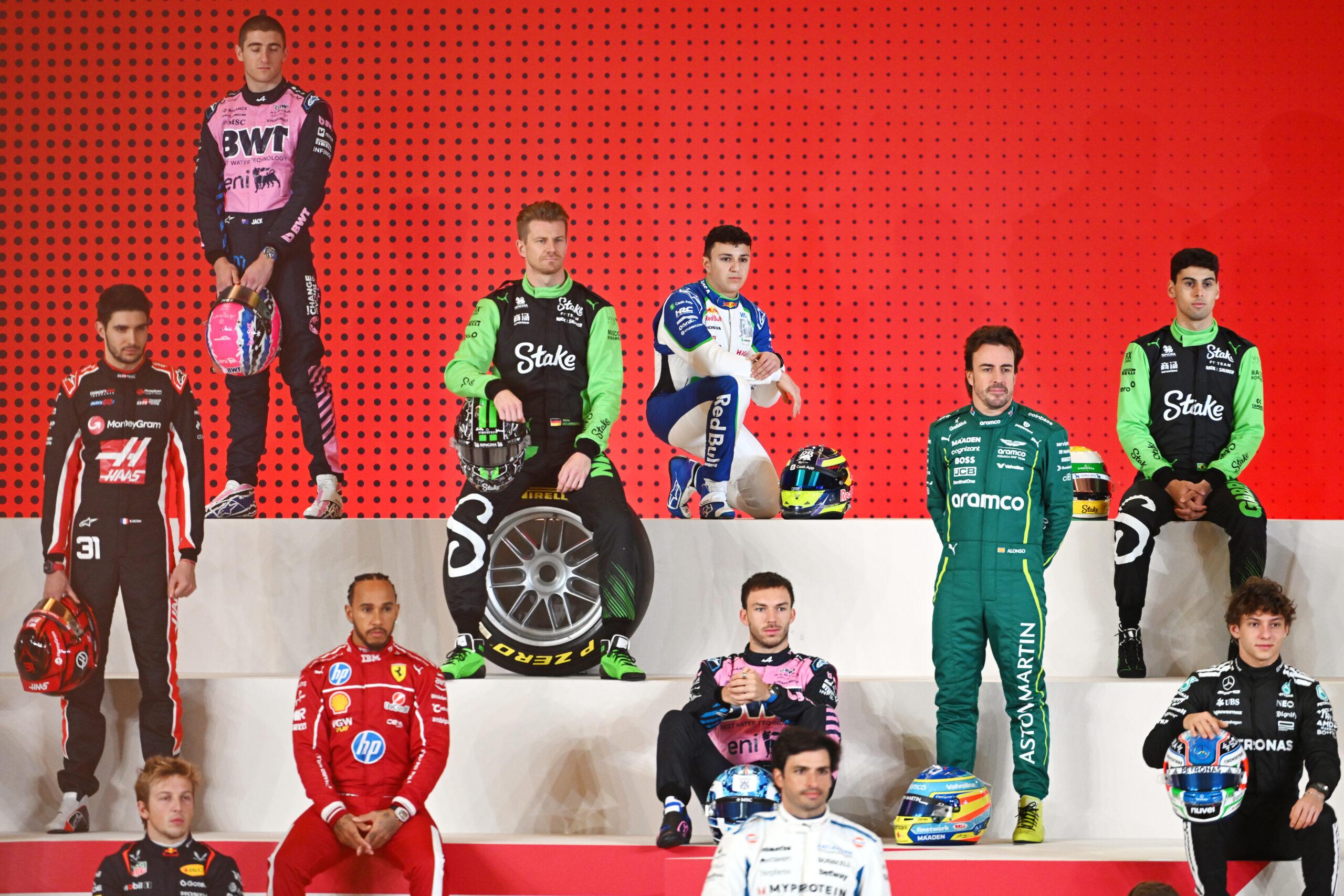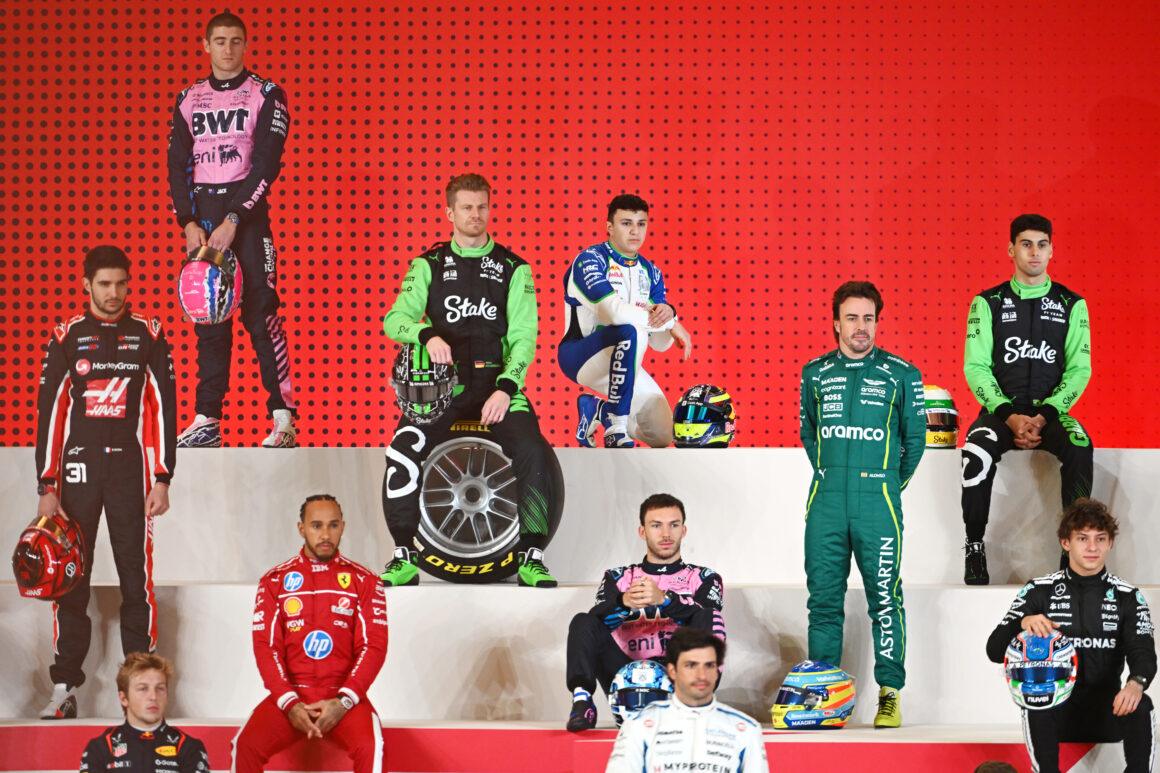Let’s talk fuel. The lifeblood of Formula 1. It’s capped, controlled, and ruthlessly optimized. Modern F1 cars can carry up to 110kg of fuel — roughly 30 gallons — and that stash has to last an entire 305km race. No splash-and-dash. No cheating fate. Just brutal efficiency and clever systems keeping the engine fed while the car gets rag-dolled by G-forces. Lights out and away we… oh wait, the regulations already set the pace.
The no-refuelling era, locked in since 2010, turned fuel strategy into a chess match. Teams under-fuel for speed, then manage consumption like accountants on espresso. Lift-and-coast. Engine modes. Safety cars as lifelines. When it works, genius. When it doesn’t, file this under: yikes.
Capacity: 110kg, One Race, Zero Excuses
Let’s start with the hard cap. F1 cars can run up to 110kg of fuel, and that’s their runway to the chequered flag. That’s it. No topping up mid-fight. And yes, teams often roll the dice and start with less. Why? Weight kills lap time, and lighter cars help tyre life too. Bold? Absolutely. Risky? Always.
At race speeds, an F1 car gets mileage that would make your economy car cry. These engines deliver insane performance, so fuel burns fast. Teams typically build in a buffer — think ~2 laps extra — in case we get an extra formation lap or a strategic sprint. Running dry is rare. Embarrassment? Priceless.
Design: Bladders, Baffles, and Bulletproofing
The fuel “tank” isn’t a metal can. It’s a flexible rubber bladder reinforced with Kevlar, mandated since the 1970s for safety. The thing’s basically military-grade — puncture-resistant, crash-conscious, and carefully positioned within a set coordinate window to keep it safe in big shunts. Somewhere, a PR manager just exhaled.
Inside, it’s not just empty space. Think chambers, baffles, and pumps working overtime to keep fuel flowing under brutal accelerations, braking, and lateral G. No air pockets. No starvation. Just constant delivery to the hungry V6 and its hybrid friends. Running low? The car still has to feed flawlessly. Another masterclass in how NOT to lose power mid-corner.
How F1 Fuel Systems Work Under Fire
This is a system, not a bucket. Fuel flows through a network of pipes and pumps, regulated to perfection. Pickup points and surge tanks ensure pressure doesn’t tank when the car is dancing through high-speed corners. It’s designed for chaos. And it’s designed to never flinch.
Safety rules are strict. No fuel lines run through the cockpit, because drivers prefer not to be flambé. The FIA also clamps down on fuel temperature games — you can’t run fuel colder than 10°C below ambient (or below 10°C total) on track. Colder fuel is denser. Denser fuel holds more energy. You get the idea. The plot thickens like a team’s excuse list.
Fuel Rules: Flow Limits, Samples, and No Refuelling
Engineers can’t just dump fuel at the turbo and pray. There’s a hard cap on mass flow rate: 100kg/hour during racing. Sensors monitor pressure and temperature to keep everything legal. Smart tricks? Don’t even try it. The FIA sees all.
Refuelling in-race? Dead since 2010. Teams fuel in the garage only during practice and qualifying, engine off. After the race, cars must yield a 1-litre sample for inspection. Run out before the line and fail to provide the sample? That DQ sting hurts worse than a slow pit stop.
Fuel Chemistry: E10 Today, Fully Sustainable Tomorrow
F1 currently runs on E10 — that’s 90% petrol, 10% ethanol. It’s tightly regulated, from oxygen content to manganese traces. This isn’t your granddad’s pump fuel, but it’s surprisingly close, by design. Road relevance isn’t just a PR line anymore.
From 2026, the target is 100% sustainable fuel. Net zero added CO2, same bang, cleaner conscience. F1 wants to be carbon neutral by 2030. Tall order? Sure. But these folks made hybrid engines that are over 50% thermally efficient. The competition? Reduced to expensive spectators.
Hybrid Power and Efficiency: Small Engines, Big Punch
Since 2014, the turbo-hybrid era has humiliated the old guard. A 1.6-liter V6 plus hybrid systems can push 1000+ horsepower on some days. And it does so sipping fuel compared to the V10 era. Thermal efficiency? Over 50%. Your typical road car lives around 30%. Ouch.
The energy recovery magic started with KERS in 2009, now evolved into beefier hybrid systems. Braking charges batteries. Drivers deploy across a lap. Overtake button? Not quite. But when it hits, rival lap times flatline. Hamilton’s “hammer time” activated — RIP to everyone’s deltas.
Strategy: Under-Fuelling, Engine Modes, and Risk
Teams play the long con. Start lighter, go faster early, then manage with engine modes. Turn down for fuel saving. Turn up when the hunt begins. If a Safety Car arrives, the gamble looks genius. If not? Grab your popcorn, the pit wall is sweating.
This isn’t new thinking. Even Fangio pulled the “start light” trick back in 1957. Different era, same brainy risk. Today, the math is sharper, the margins tighter. When it clicks, drivers send everyone else back to karting school.
Where the Tank Lives and Why It Matters
The tank sits tucked behind the driver and ahead of the engine, within strict regulatory coordinates. Safety first. Balance second. The position helps weight distribution and protects the cell in impacts. No tank-forward madness, no fuel lines in the cockpit. Sanity prevails.
Teams obsess over packaging. Bigger tanks? Slower cars. Every extra kilo hurts. So designers build just enough capacity for the task: a full GP, a contingency margin, and not a drop more. Engineering discipline, meet racing greed.
Quick-Hit Facts: F1 Fuel Tank Reality Check
- Max capacity: 110kg (≈30 gallons), built for a 305km race.
- Fuel tank: Kevlar-reinforced rubber bladder, with baffles and pumps.
- No refuelling during races since 2010. Garage-only in sessions.
- Fuel flow capped at 100kg/h. Sensors enforce it. Don’t get cute.
- Fuel mustn’t be colder than ambient -10°C (or below 10°C).
- Post-race: must provide a 1-litre sample. No sample, no result.
- Fuel spec: E10 today, moving to 100% sustainable in 2026.
- Thermal efficiency: now 50%+. Before hybrids? Around 32%.
Real-World Relevance: From Pitlane to Driveway
F1 tech isn’t cosplay. Hybrid systems, energy recovery, and fuel strategies feed directly into road cars. Brands like Mercedes and Renault have already translated their ERS and KERS learnings into street-legal hybrids. The transfer pipeline is very real.
And the sustainability push isn’t fluff. A whole F1 season’s fuel burn rivals a single transatlantic 747 flight. The sport’s already efficient. Now it’s gunning for net zero by 2030 with cleaner fuels and smarter logistics. Ambitious? Yes. Impossible? Not with this paddock.
The Bottom Line: Design Meets Discipline
The F1 fuel tank is a masterclass in constraint-driven engineering. A 110kg limit, a hybrid monster to feed, and rules that strangle loopholes. Teams respond with gorgeous brutality: stronger tanks, smarter pumps, sharper strategy. It’s efficient chaos, bottled.
So the next time a driver starts lifting early into Turn 1, you’ll know why. This isn’t just driving. It’s energy management at 300 km/h. Get it right, and the competition gets turned into expensive spectators. Get it wrong, and, well… did the strategists forget how to count laps? Again?

